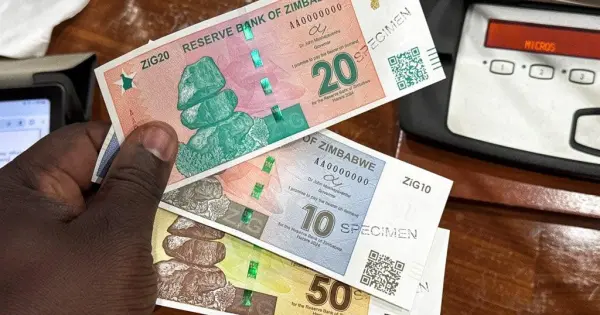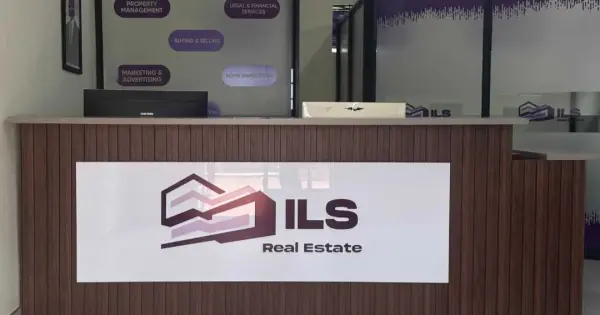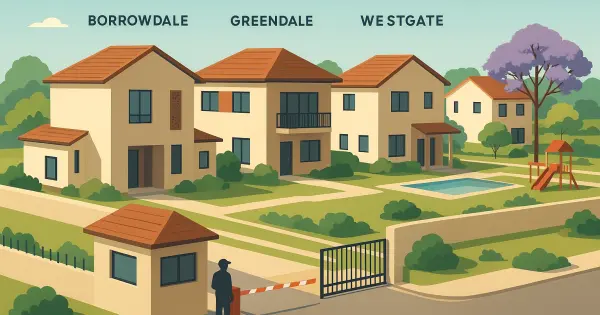Mark Conway, founder and managing director of Propertybook made a bold assertion at the recent Zimbabwe Real Estate Expo: “A free market is the best market you can give.”
This statement serves as both a vision and a challenge for stakeholders in the housing industry. While a free market—where all players, from developers to buyers, can access equal opportunities—is a desirable goal, it is a complex one nonetheless.
Ken Sharpe, the CEO of Westprop, outlined many of these challenges, emphasizing the role of macroeconomic conditions, financing gaps, and market dynamics in shaping property prices. To truly evaluate whether a fair market is possible, it’s essential to explore these underlying factors and their implications for property affordability. Propertybook, Zimbabwe's leading property portal, has over a decade of experience in Zimbabwe's real estate landscape, and will do just that in this article.
The Financing Conundrum: A Barrier to Affordability
One of the critical impediments to freedom in Zimbabwe’s housing market is the lack of accessible long-term financing. Sharpe revealed that Westprop operates a $30 million mortgage book, but the terms—ten-year mortgages—are unsustainable for most buyers. “More needs to be done by banks to create local capital and then extend mortgages to developers and their clients,” he noted.
Without affordable financing options, homeownership remains unattainable for many Zimbabweans. For instance, in Harare’s Pomona area, land prices have soared to $800 per square meter, making it nearly impossible for average earners to enter the market. Sharpe’s insights highlight a vicious cycle: as property prices climb and mortgage availability remains constrained, fewer individuals can participate in the market, skewing it further in favor of high-net-worth individuals and developers.
The Price Conundrum: Will Prices Ever Stabilize?
“Willingness to pay is what is determining the price point of property in Zimbabwe,” Sharpe remarked, pointing out that property prices have less to do with development costs or amenities and more with market demand. The disconnect between value creation and buyer affordability raises pressing questions:
-
Is there a realistic ceiling for property prices in Zimbabwe? Sharpe shared an anecdote about his former property's price skyrocketing from $100,000 in 2009 to $1.3 million today. That suggests that prices are unlikely to stabilize soon.
-
What role does the absence of a robust mortgage market play in driving these prices? Sharpe’s estimation that a $10 billion injection into mortgages could revolutionize the housing market underscores how financial structures directly influence property valuation.
Data-Driven Insights: A Pathway to Fairness?
Conway’s vision for a data-centric approach to real estate is compelling. “We are taking the guesswork out of what to do next, where to sell, what to rent out,” he said, emphasizing the importance of leveraging technology to empower stakeholders.
For Conway, a free market isn’t just about balancing supply and demand; it’s about transparency. By providing granular data on buyer preferences, property trends, and underserved markets, platforms like Propertybook aim to level the playing field. This transparency could help:
-
Developers focus on affordable housing projects tailored to actual demand.
-
Buyers make informed decisions based on market trends rather than speculative pricing.
However, achieving this requires robust infrastructure, consistent data collection, and, crucially, the buy-in of all industry players.
The Broader Market Potential: A Double-Edged Sword
Sharpe’s remarks about Zimbabwe’s untapped housing potential are both inspiring and daunting. With 62% of the population under 25 and a housing backlog of one million units, the market’s growth potential is enormous. Yet, this demographic also represents the group that struggles the most with affordability.
Karen Nyenga, founder of Fine and Country, suggested exploring alternative financing models like crowdfunding as one solution. “The price is not going to wait for you,” she warned young people, urging them to take collective action to enter the market. But is this a scalable solution for a nation facing systemic economic challenges?
A Free Market: Vision or Mirage?
The housing market in Zimbabwe faces significant hurdles before it can be deemed “free.” Sharpe’s candid reflections reveal that achieving equilibrium will require not just innovative approaches but systemic reform.
Conway’s assertion that “a free market is the best market you can give” points to an ideal—a market where transparency, affordability, and equal opportunities coexist. Yet, as Sharpe’s analysis suggests, this ideal will remain elusive until Zimbabwe addresses foundational issues like financing, land pricing, and infrastructure development.
Can the country create a housing market that serves all its citizens equitably? Or will it remain a market where “willingness to pay” continues to dictate who gets a seat at the table? As the real estate sector evolves, these questions will define not just the future of the industry but also the socioeconomic fabric of Zimbabwe.
For further insights, check out our blog on Propertybook, where we explore topics such as wealth tax, zoning regulations, and sustainable development in real estate.




